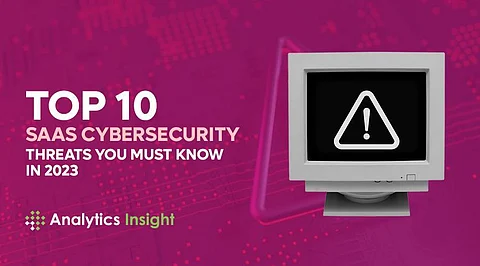

Modern businesses are increasingly turning to the cloud to reap the operational benefits of outsourcing critical business functions. Many businesses are now utilizing cloud computing, such as software-as-a-service (SaaS) services. SaaS solutions assist organizations in achieving critical goals such as cost reductions and faster time-to-market. However, they do introduce SaaS cybersecurity threats and risks.
When organizations sign on as customers, they ultimately put their sensitive data in the hands of third-party vendors. Despite this trust, a data breach caused by a SaaS provider's poor data security practices is the client's responsibility.
Here are the top 10 SaaS cybersecurity threats risks that are introduced by SaaS solutions and how organizations can address them before they result in data breaches.
Finally, as more businesses move their operations to the cloud, SaaS (Software as a Service) cybersecurity threats are becoming a growing concern for organizations. The threats to SaaS cybersecurity listed above are some that every organization should be aware of.
Join our WhatsApp Channel to get the latest news, exclusives and videos on WhatsApp
_____________
Disclaimer: Analytics Insight does not provide financial advice or guidance. Also note that the cryptocurrencies mentioned/listed on the website could potentially be scams, i.e. designed to induce you to invest financial resources that may be lost forever and not be recoverable once investments are made. You are responsible for conducting your own research (DYOR) before making any investments. Read more here.
